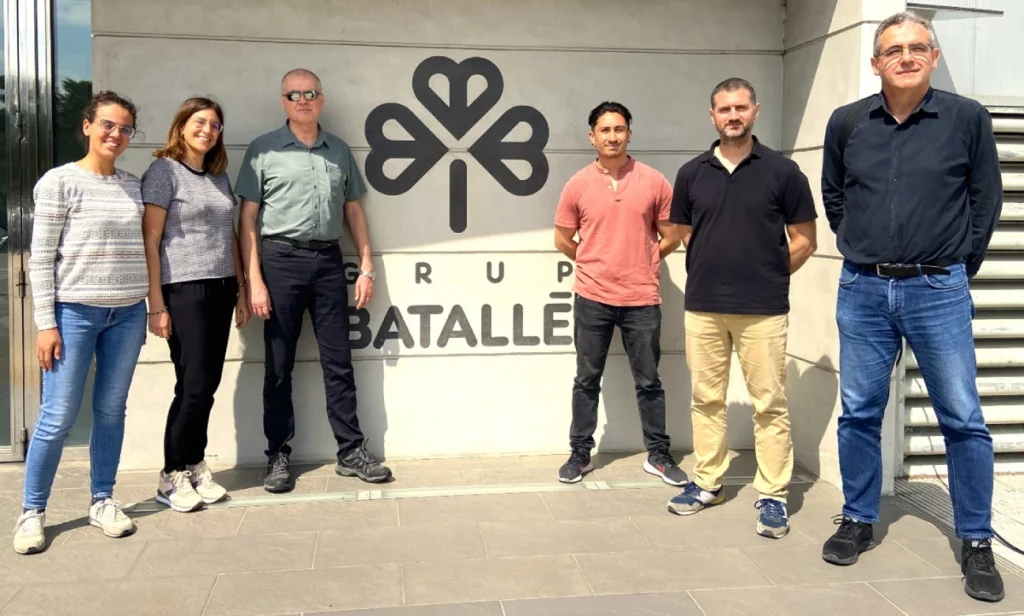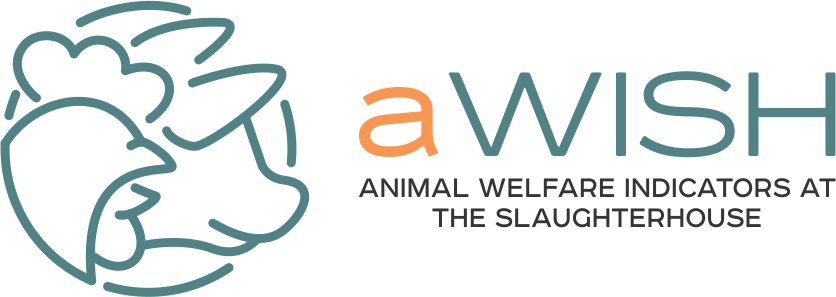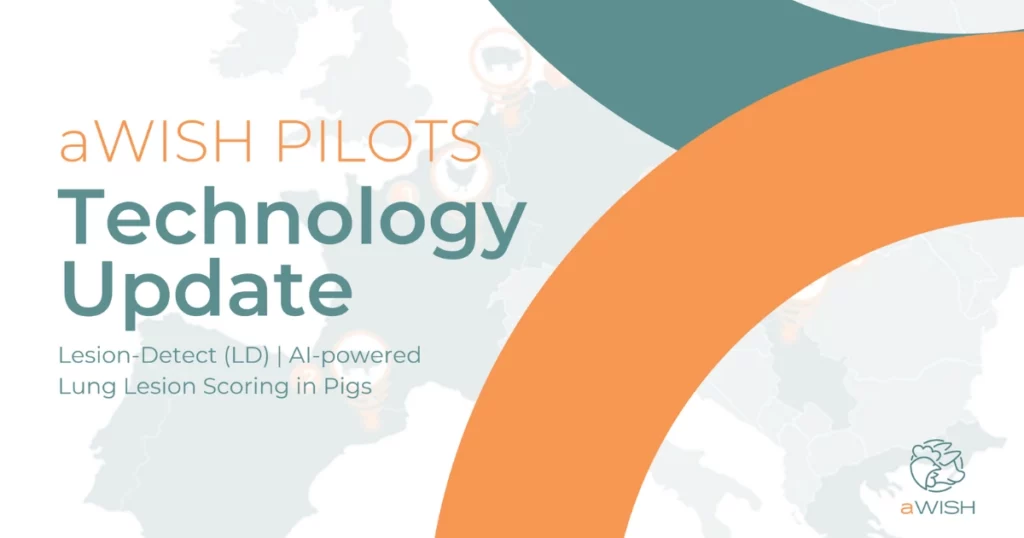aWISH researchers across four EU countries have unveiled Lesion-Detect (LD), a breakthrough AI-powered system that automatically identifies and scores lung lesions in pigs at slaughter. This innovation turns slaughterhouse data into real-time health insights, allowing earlier disease detection, better welfare, and improved farm sustainability.
Key Findings
- High Accuracy: LD demonstrated agreement with expert human scorers within 2–3% of lung area, meeting or exceeding human consistency.
- Faster Insights: The system works in real-time, allowing producers and veterinarians to act sooner.
- Welfare & Stewardship: Early detection reduces reliance on antibiotics and improves animal welfare, aligning with EU development goals.
- Economic Impact: Lower disease burden means reduced losses from mortality, feed inefficiency, and carcass condemnation.
“This technology represents a turning point in how we monitor animal health. With Lesion-Detect, we can intervene earlier, protect animal welfare, and reduce antibiotic use while supporting a more sustainable pork industry” said Professor Thomas Banhazi (of InnoTech Vision ApS), who leads this research within the aWISH project team.
The research team plans to expand Lesion-Detect to detect additional welfare indicators, including pleurisy and pericarditis, and is working with industry partners to roll out the system across more slaughterhouses in Europe.
The Lesion-Detect development is the result of a collaborative research effort under the aWISH project funded by Horizon Europe, involving partners from InnoTech Vision ApS. (Denmark), Selección Batallé S.A. (Spain), Autonomous University of Barcelona (Spain), Carnex d.o.o. (Serbia), and ILVO (Belgium).



